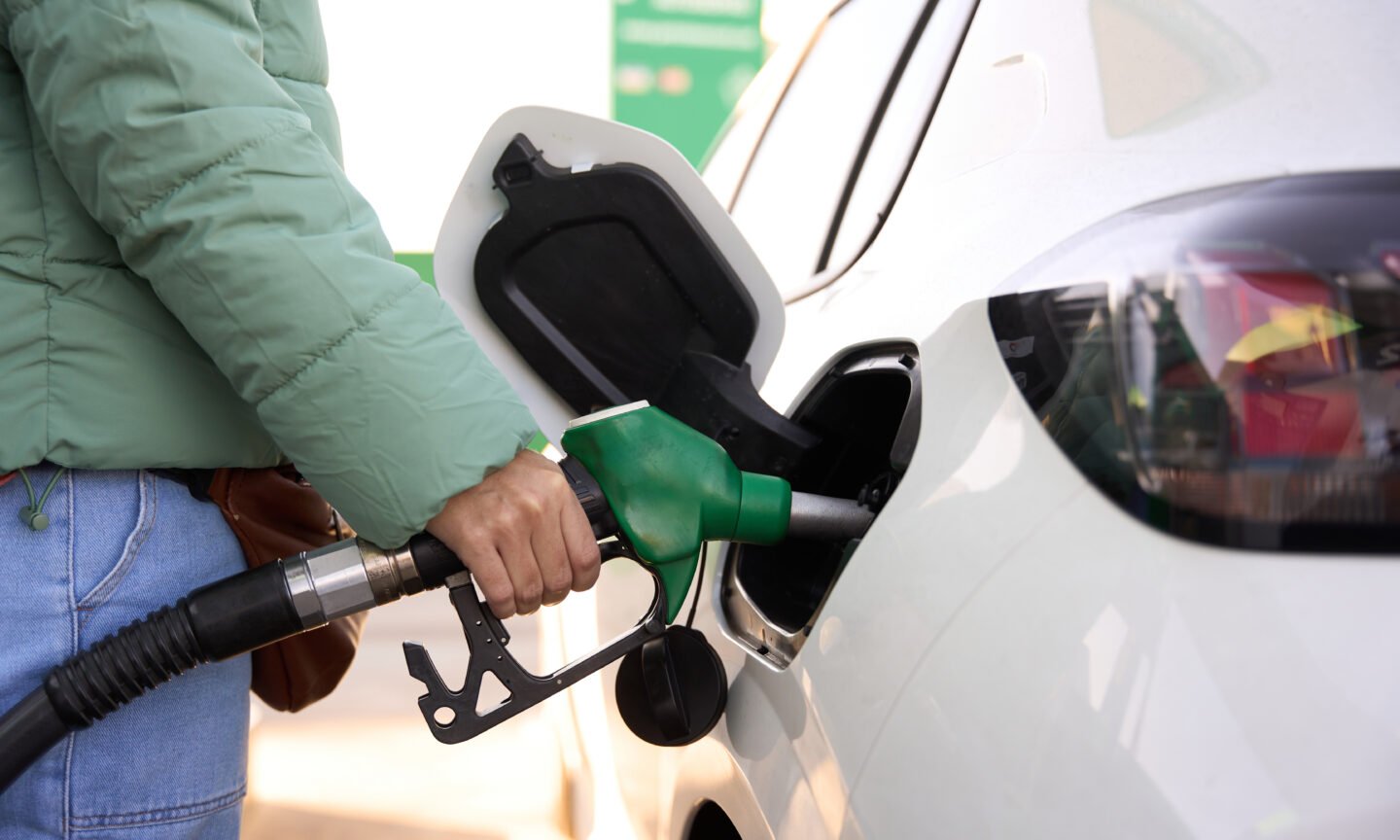How much drivers pay at the gas pump — averaging $3.22 per gallon in September — depends largely on the price of oil and the cost of refining it. But federal, state and local taxes and fees can add significantly to the total.
On top of a federal tax of 18.4 cents per gallon, most states levy multiple taxes and fees on a gallon of gas. Those include some combination of excise taxes (imposed on goods, services and activities), sales taxes, environmental taxes and inspection fees.
Those costs add up to an average of 32.6 cents per gallon in state taxes, according to a NerdWallet analysis of U.S. Energy Information Administration data. Combined with the federal tax, that’s about 51 cents per gallon, on average, factored into the gas prices you see at your local station.
States with the highest gas tax
State tax rates vary widely. California’s rate (69.8 cents per gallon) and Illinois’s rate (67.1 cents) are highest, followed by Pennsylvania (58.7 cents). Alaska has, by far, the lowest state tax (9 cents per gallon), followed by Mississippi (18.4 cents) and Hawaii (18.5 cents).
2024 state gas tax hikes
In many cases, gas taxes are adjusted annually based on the consumer price index, a proxy for inflation calculated by the U.S. Bureau of Labor Statistics. That means taxes may rise (or fall) with the annual rate of inflation. Sometimes states also phase in new or higher fees by increasing them incrementally.
As for what happens with that tax revenue, states often use it to fund infrastructure improvements and environmental initiatives.
Oct. 1 gas tax hike
Washington D.C.’s motor fuel surcharge will tick up slightly from 11.4 cents per gallon to 11.8 cents per gallon on Oct. 1, according to the D.C. Office of Tax and Revenue. That fee is added to the district’s 23.5-cent sales tax on gasoline. Altogether, drivers pay 35.3 cents per gallon in state taxes when they fill up.
July 1 gas tax hikes
Gas taxes in seven states went up on July 1, generally by less than 2 cents.

